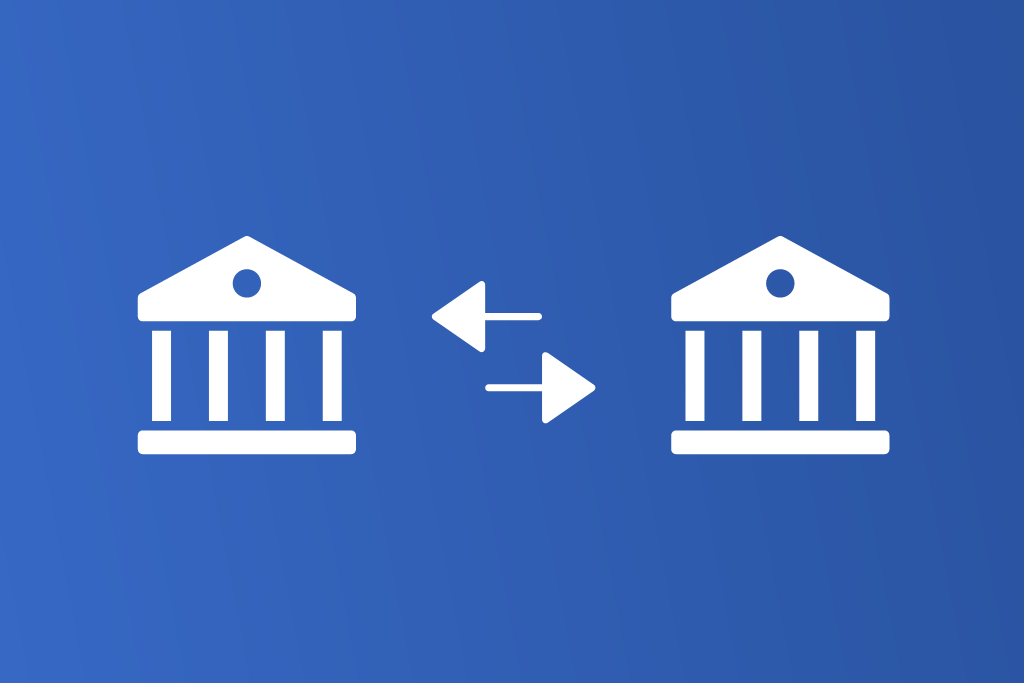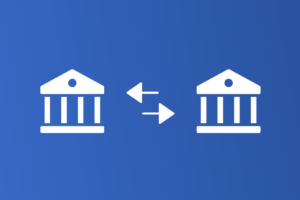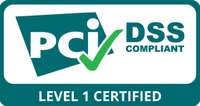Introduction
ACH (Automated Clearing House) is a popular method used to transfer funds from one bank account to another and is commonly known as “direct payments”. The ACH financial network allows electronic payments between bank accounts without involving credit cards, wire transfers or paper checks.
You most likely have participated in an ACH transaction since they are so common among businesses and peer-to-peer payments. Receiving a direct deposit from an employer, paying bills electronically (instead of by credit card) or transferring funds from a mobile payment app to your bank account, are all examples of ACH at work.
How does ACH work?
There are four moving parts which make an ACH transaction work:
- ODFI: The Originating Financial Institution is the bank that initiates the ACH payment.
- RDFI: The Receiving Depository Financial Institution is the bank that receives the request.
- NACHA: The National Automated Clearing House Association is a government funded entity who manages the administration, development and regulation of the ACH network.
- ACH: The Automated Clearing House is responsible for connecting all U.S based banks.
Let’s use a real-world example of ACH and spotlight our key players. If you decide to signup up for autopay with your internet provider, you’re prompted to provide a checking account and routing number during the enrollment process.
On your next billing date, your internet provider’s bank (the ODFI) requests a transfer of funds owed from your personal bank account (the RDFI). The two banks communicate via the ACH network to ensure there are enough funds in your account and complete the transfer.
Where does NACHA fit into all this? NACHA is responsible for laying down the rules which ensure the entire ACH process is secure and participating parties comply with security guidelines.
What are the fees associated with ACH?
Your payment processor determines the cost for accepting ACH payments. Typically, ACH costs significantly less compared to credit card transactions because there are no interchange fees which are associated with credit card transactions. Businesses will usually offer both payment methods since many consumers prefer the convenience and rewards offered by credit cards.
Processors will either charge a flat ACH rate ranging from $0.25 to $1.00 per transaction, or a percentage fee from 0.25% to 1.00%. Some processors charging a percentage fee will implement a cap so the transaction cost will never exceed a certain amount.
What if an ACH payment is rejected?
R01 Insufficient funds:
There is not enough money in the customer’s bank account to complete the transaction. Once the customer transfers more funds into their account, you can re-run the transaction.
R02 Bank account closed:
This code is triggered when the customer’s bank account has been closed. This code is most common in recurring billing scenarios when an account is automatically charged. The customer must update their account and routing numbers to continue payments.
R03 No bank account/unable to locate account:
This error indicates a mismatch of customer information/bank details. This could be an incorrect customer name, a mis-typed account number, etc. The customer will need to re-enter their details in order to re-try the transaction.
R04 Reject:
This means a bank doesn’t allow transaction withdrawals from a specific bank account. The only way to resolve this issue is the customer provides their bank with the business’s ACH Originator ID to allow withdrawals by that particular entity.
Is ACH secure?
Security is the domain where NACHA plays a bigger role in ACH deposits and ACH transfers. Parties involved in ACH payments don’t have to adhere PCI compliance standards like they do for credit card processing, however there are other rules they must follow set by NACHA.
NACHA requires both businesses requesting payment and third-party processors to implement processes to protect sensitive information. This includes encrypting bank account and routing numbers. Participating parties cannot send or receive bank data via unencrypted email, web forms, online chat, etc. Third party processors must have reliable and secure encryption methods to keep transactions safe.
NACHA rules also require originators of an ACH transaction to validate customer identities and prevent fraudulent activity. Most third-party processors have systems in place which run KYC methods, but it is always good to ask your processor about their security methods and make sure your transactions are safe in order to avoid rejects and potential penalties.
The Pros and Cons of ACH processing
The Pros
Reduce declined transactions:
Unlike credit cards with expiration dates, bank accounts don’t rotate through new account numbers. Stolen credit cards are also more common compared to stolen bank account details. This will result in far less declined transaction when accepting ACH transactions.
Lower processing costs
ACH payments cost significantly less compared to credit cards because there are no interchange fees charged by card brands.
Improve your customer experience
Offering different payment options provide a better experience for your customers when making a payment. It is becoming more and more popular to provide multiple payment methods during checkout.
The Cons
Slow processing
ACH transactions typically take three to five days to settle in your account opposed to credit cards which typically take 24 to 48 hours.
Transaction limits
There is usually a daily and monthly cap on how much money you can transfer via ACH. Credit card settlements do not have a cap like this.
Cutoff times
After a certain cutoff time, ACH transfers will be pushed to the next business day. This can be a problem for merchants who need funds in a timely fashion.
How you can accept ACH payment for your business.
ECRYPT has everything your need to accept both ACH and credit card payments at a competitive price. Offering both payment methods to your checkout experience will give your customers the flexibility to pay how they want to pay and can help expand your customer base. Get in touch with an account manager today to learn more about improving your payment experience with ECRYPT.



